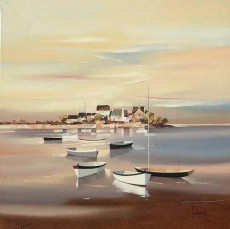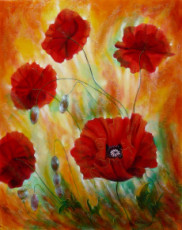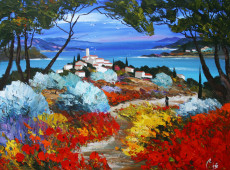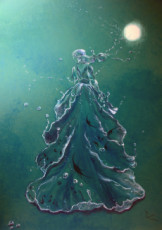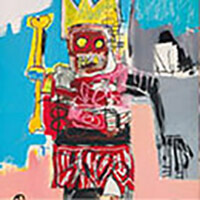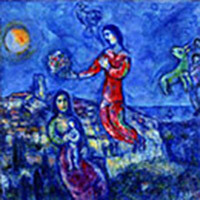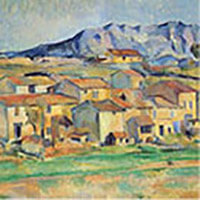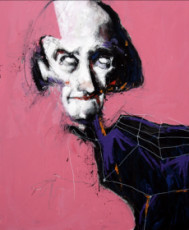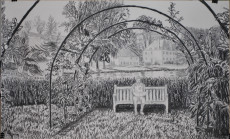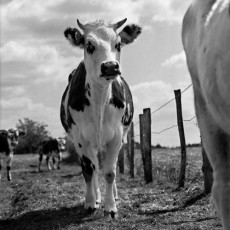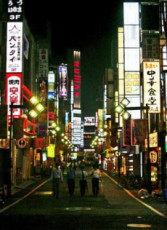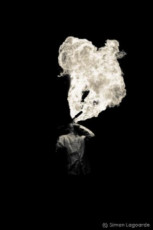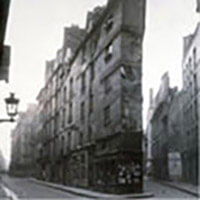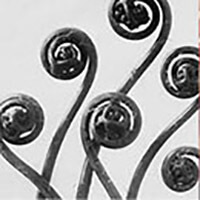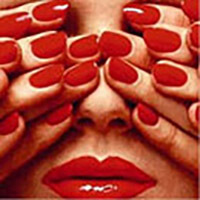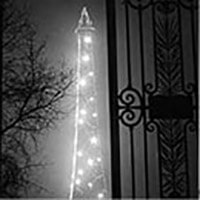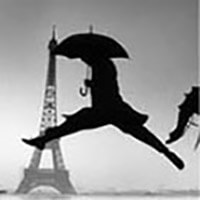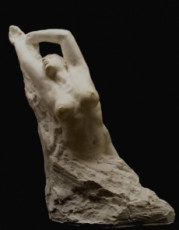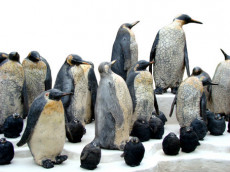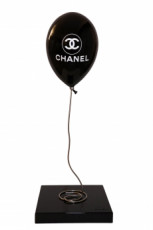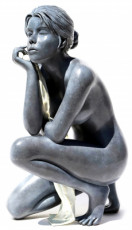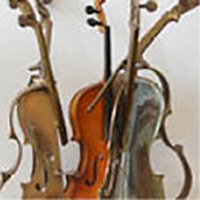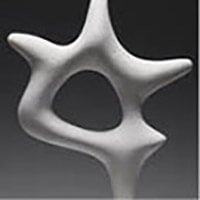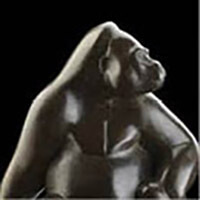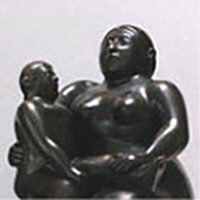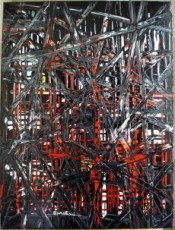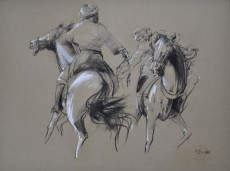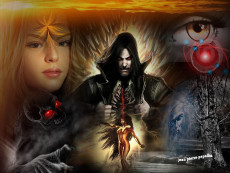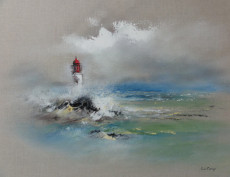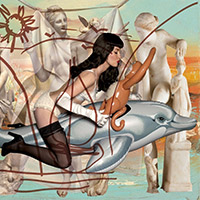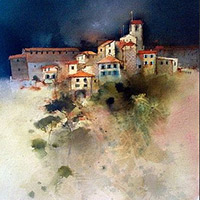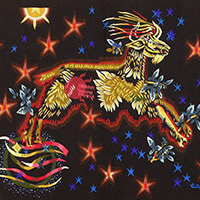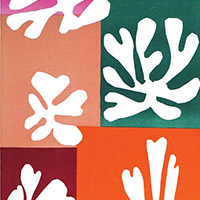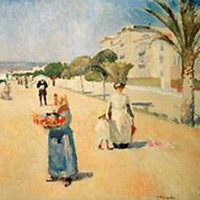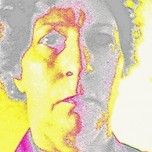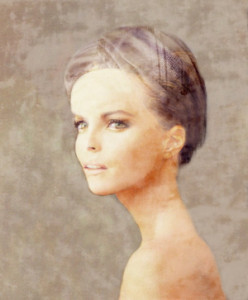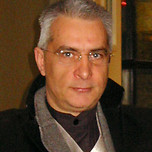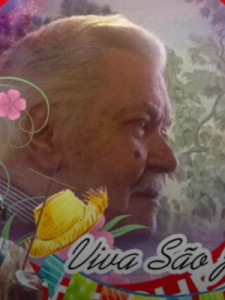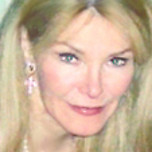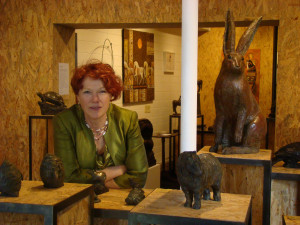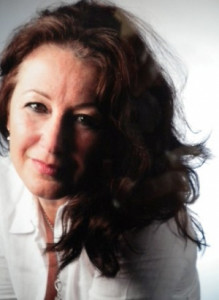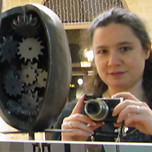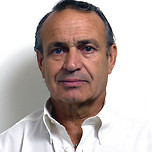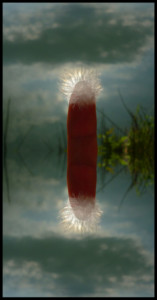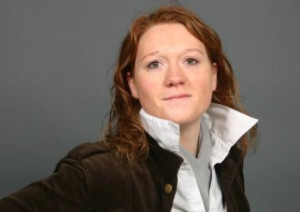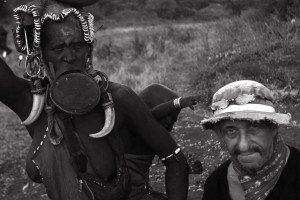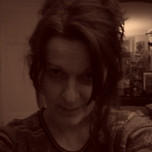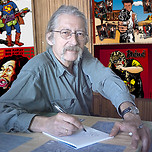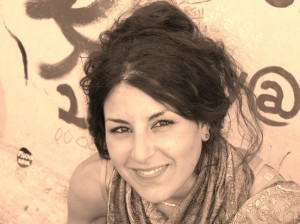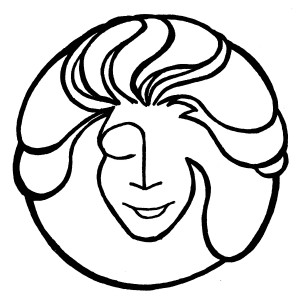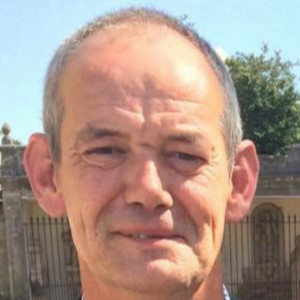
Discover the contemporary work of Gilles Arnould

I have been drawing since childhood. I practiced etching in Jean Delpech's studio. In 1973, I was admitted to the École des Beaux-Arts in Paris, Quai Malaquais, where I practiced drypoint and etching in the engraving studio of Bertrand Dorny and Jean-Marie Granier. From engraving, I gradually moved on to photography. Both techniques allow for prints with numerous possible variations, with velvety aspects in deep blacks. Visual arts research is the staging of the human body. I taught visual arts in the national education system for 20 years, from 1993 to 2013, in order to escape the studio and share my passion with young people. After creating engravings, watercolors, drawings, and photographs, I gradually moved towards non-figurative representation and volume through sculpture.
As part of the PRIX Villa Médicis Hors les Murs, I was commissioned to take photographs of ancient sculptures and casts in Greece, particularly at the Athens Museum and at various archaeological sites (Mycenae, Delphi).
My sculptures, inspired by the structure of a piece of wood, explore the relationship between light and matter, through a play between voids and solids, weight and lightness. The material, cut with a chainsaw, shaped, and engraved, becomes a surface-material, raw or polished. It appears in a profusion of rhythms, striations, and shades of charred black, gray, and white.
Art must be "large": the format of a work places the viewer in a physical relationship with the body: the larger the format, the more striking the effect of spatial presence will be. I seek to construct what I believe to be an expression. My expressive power is based on the desire to bring to fruition what I want to express, to give meaning, a poetic intention, to go beyond the banal, to lead the viewer to other emotions, other values. Artistic creation must involve risk, a risk that becomes a generator of innovation, progress, and differentiation. The bias is linked to the perception of risk, and to assert myself, I set choices, strategies, and objectives. This forces me to get rid of the superfluous and refocus on the essential. Failure is beneficial; it also triggers the imagination. Risk can also be synonymous with excitement.
My works possess a rhythm, a dynamic that asserts itself through various oppositions: horizontality-verticality, positive-negative, appearance-reality, gray-color, light-darkness, openness-closure, stability-instability, appearance-structure, rhythms, striations, gradations, charred blacks, grays, and whites.
Verticality is the common thread running through my sculptures and paintings. Verticality creates a balance that transforms into volume for the sculptures, centered around the notion of stability. Balancing pieces, volumes, edges, sculpted forms are planted between sky and earth, frozen, facing us, around a sometimes unstable gravitation. The volumes are part of the turbulence of the material: some pieces have viewing windows, doors opening onto distant landmarks.
I create contrasts between refined and rough forms to make them resonate in space. I create curves that complement the sobriety of the volumes. I develop a profusion of rhythms, streaks, and gradations of charred blacks, grays, whites, ochre, red, and brown.
I believe it is essential to analyze in order to understand the works as a whole, to determine which ones are of the highest quality. In art, we must be wary of a Manichean vision where all artistic expression is either good or bad. Who has talent, who doesn't? Who has a natural aptitude, who is hardworking? Analyzing a work is a demanding exercise, the results of which are not guaranteed. The comfort of prejudice is more attractive than the discomfort of judgment.





